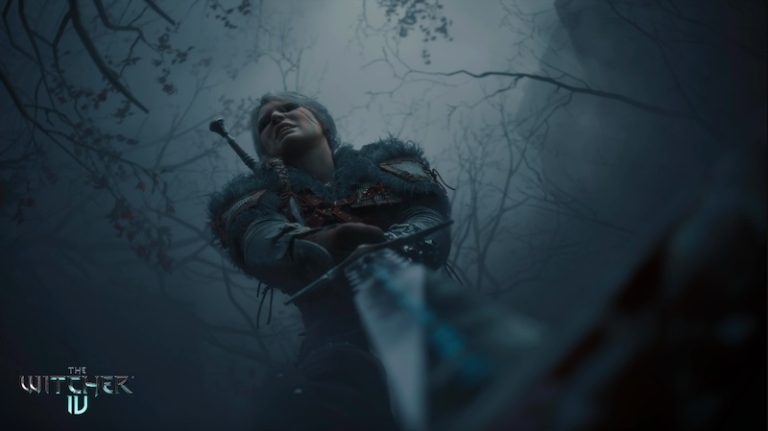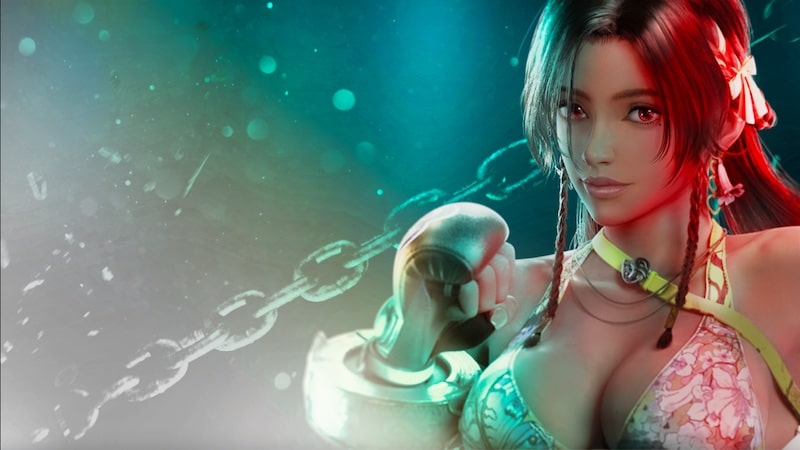Digital Football Fandom: A New Arena of Belonging

The evolution of fan identity
Football fandom has always been about more than the ninety minutes on the pitch. It’s tribal, emotional, generational—and now, increasingly, digital. With the rise of global streaming platforms, mobile apps, and real-time social media engagement, the modern fan is no longer bound by geography or even by tradition. Digital platforms have become the new stadiums, hosting communities where fans create identities as complex and passionate as those formed in the physical world.
Social media as a cultural amplifier
Instagram posts, Twitter threads, YouTube vlogs, and TikTok reactions are now central to how football is experienced. These platforms offer a space where fans can celebrate, critique, mourn, and mythologize matches and players in real time. This amplification of expression is reshaping how clubs interact with supporters. They are no longer just sports teams; they are brands, cultural symbols, and lifestyle choices—digitally embodied and always visible.
The global fan and the hyperlocal narrative
It may seem paradoxical, but while digital media enables global access to clubs from Liverpool to Lagos, it also intensifies local identity. A fan in Nairobi or Seoul might never set foot in the Emirates Stadium, yet their dedication to Arsenal is expressed through regional chants, merchandise, and online communities tailored to local culture. This blend of global loyalty and local narrative adds new layers to the personal identities fans craft around their clubs.
Avatars, games, and virtual loyalty
Football’s influence also extends into virtual environments. Video games like FIFA and eFootball aren’t just simulations—they are digital training grounds for loyalty and rivalry. Players build fantasy teams, compete globally, and mirror real-world fixtures in digital leagues. Within this space, identity is shaped not only by club colors but by digital prowess and community status. Even casual nods to themed content like Fortune Ox within these ecosystems contribute to a larger culture of interaction and immersion.
Read also: Beyond the Pitch: How Football Shapes Modern Identity
Memes, rituals, and digital folklore
The meme has become the new chant. Online, fans create visual jokes, iconic screenshots, and short videos that capture the emotion of a match with the same intensity as terrace songs. These cultural artifacts spread quickly, creating folklore that resonates far beyond the original event. A missed penalty or a dramatic comeback lives on as a meme—shared, referenced, and reinterpreted endlessly, embedding itself in the collective consciousness of digital football culture.
Players as digital personas
Athletes today are more than players; they are influencers, activists, and entrepreneurs. Social media gives them direct access to fans, bypassing traditional media filters. A single Instagram story from a player can rally supporters, inspire youth, or spark global conversations. As a result, fans begin to associate not just with the club, but with individual players’ values, lifestyles, and online narratives, forming identities that are multifaceted and deeply personal.
Digital fan activism
Fans are no longer passive consumers of football. They are now stakeholders, critics, and campaigners. Hashtags like #GlazersOut or movements protesting Super League plans have demonstrated the power of digital communities to influence club policies and hold owners accountable. In this sense, digital fandom isn’t just about entertainment—it’s a form of participatory culture where identity intersects with activism and agency.
A new language of belonging
In the digital age, being a football fan means speaking a new language—one made up of emojis, hashtags, GIFs, live chats, and livestream reactions. This evolving lexicon is not just about communication; it’s about identity. It signals who you are, where you belong, and how you engage with a global community that, despite being spread across continents, feels closer than ever before.




